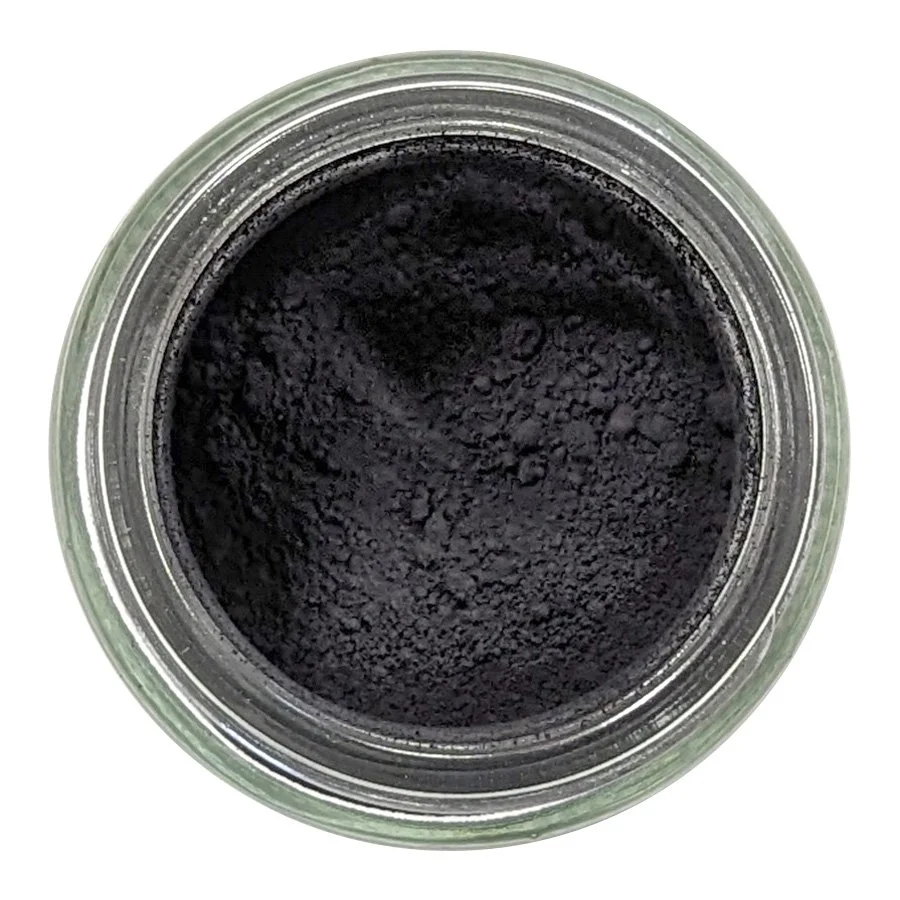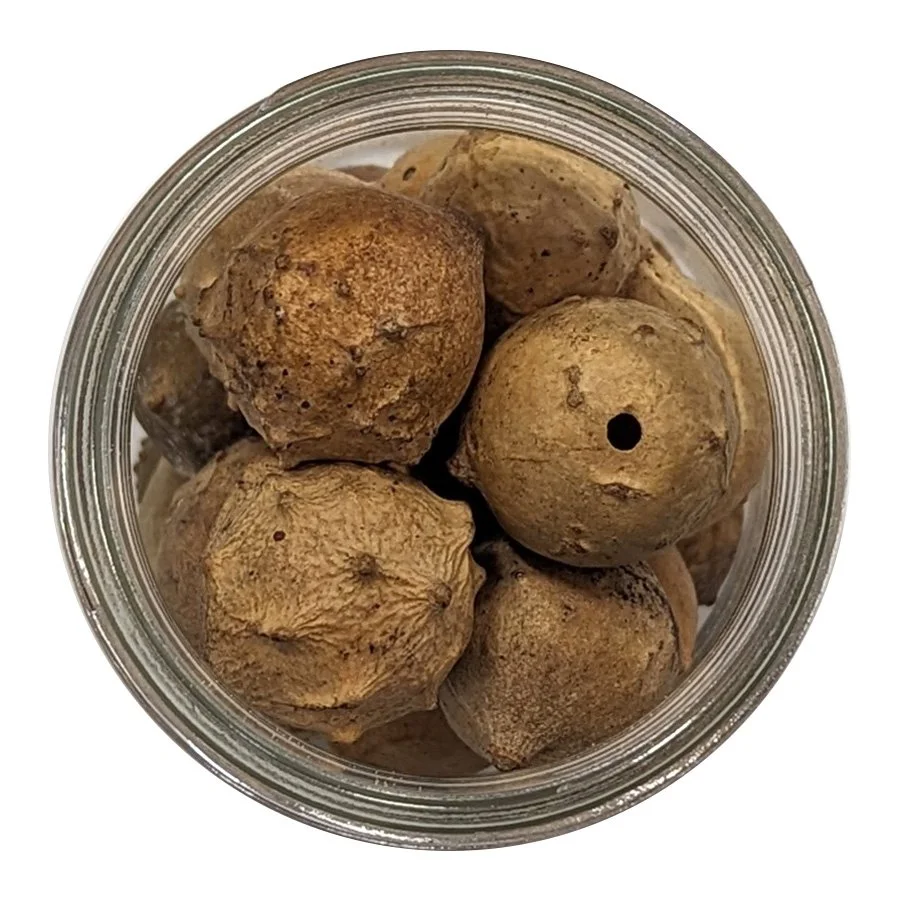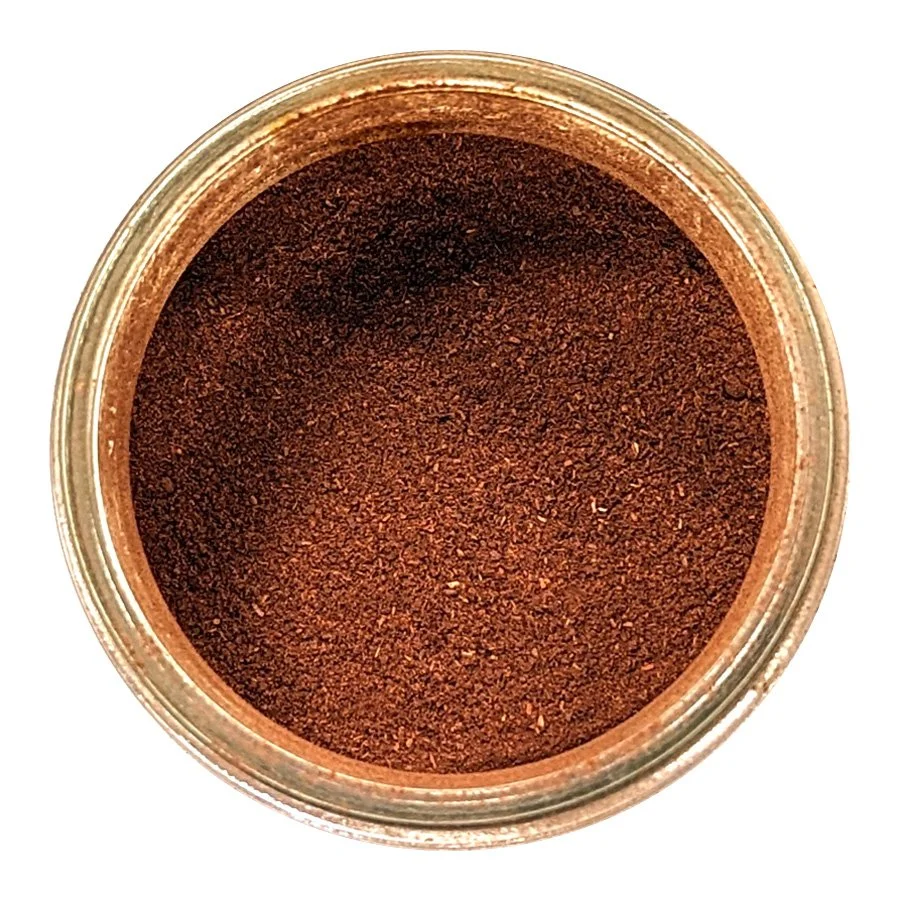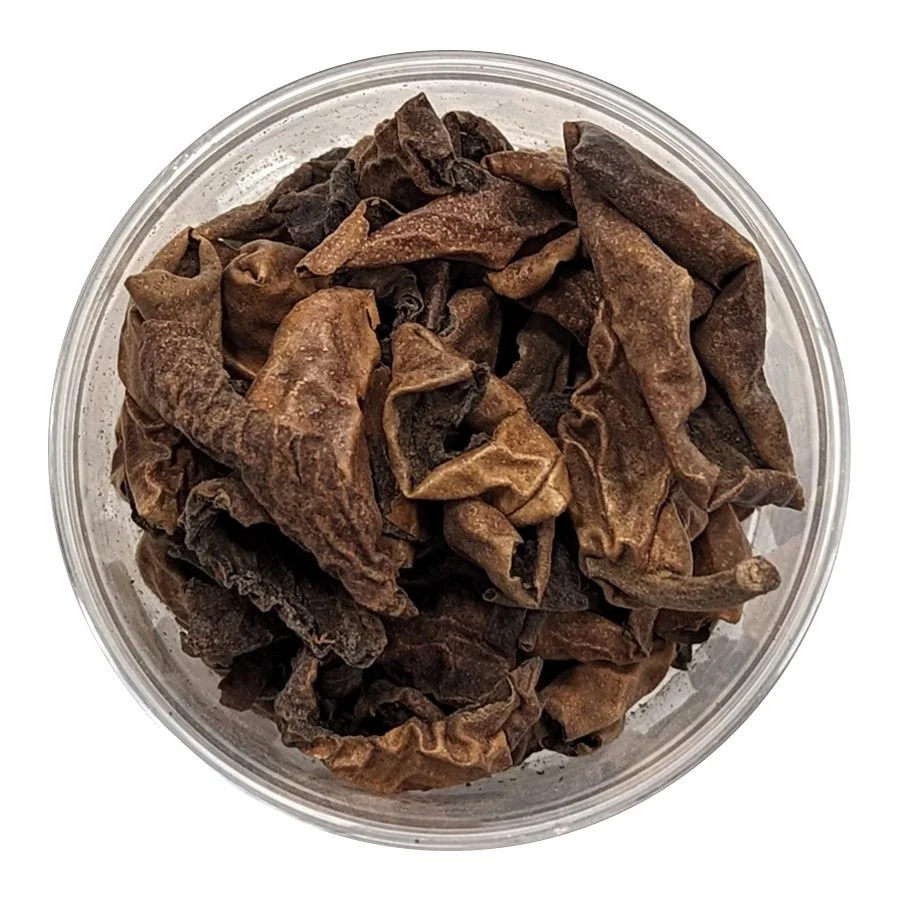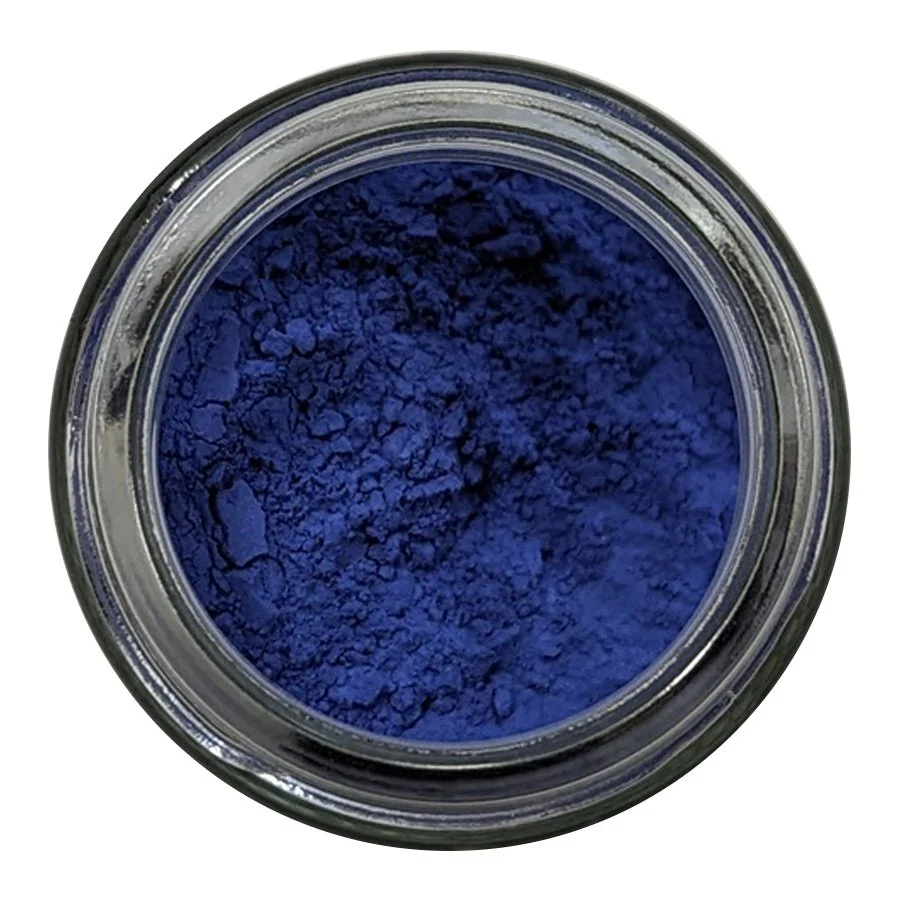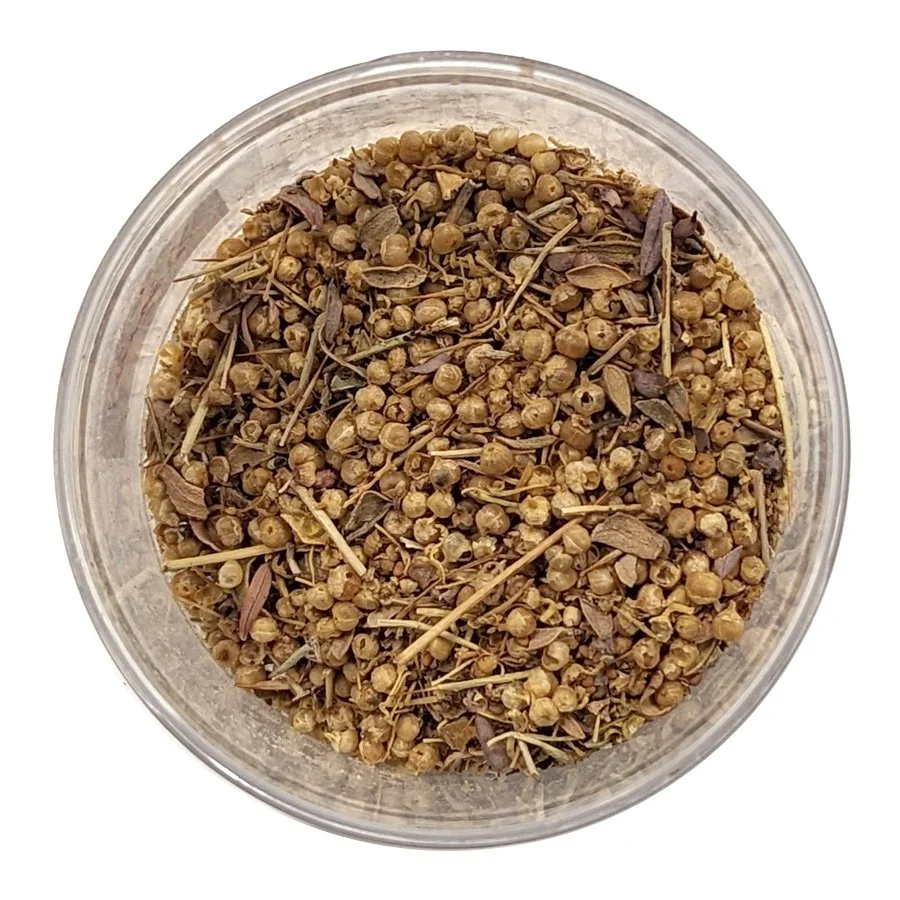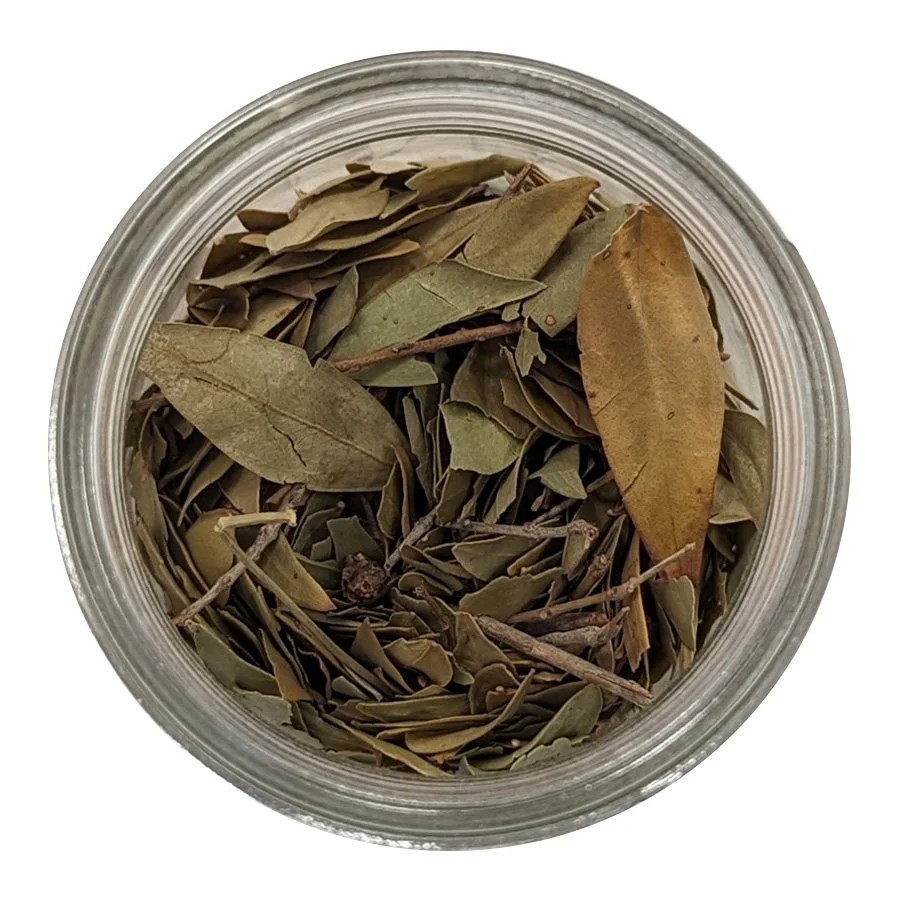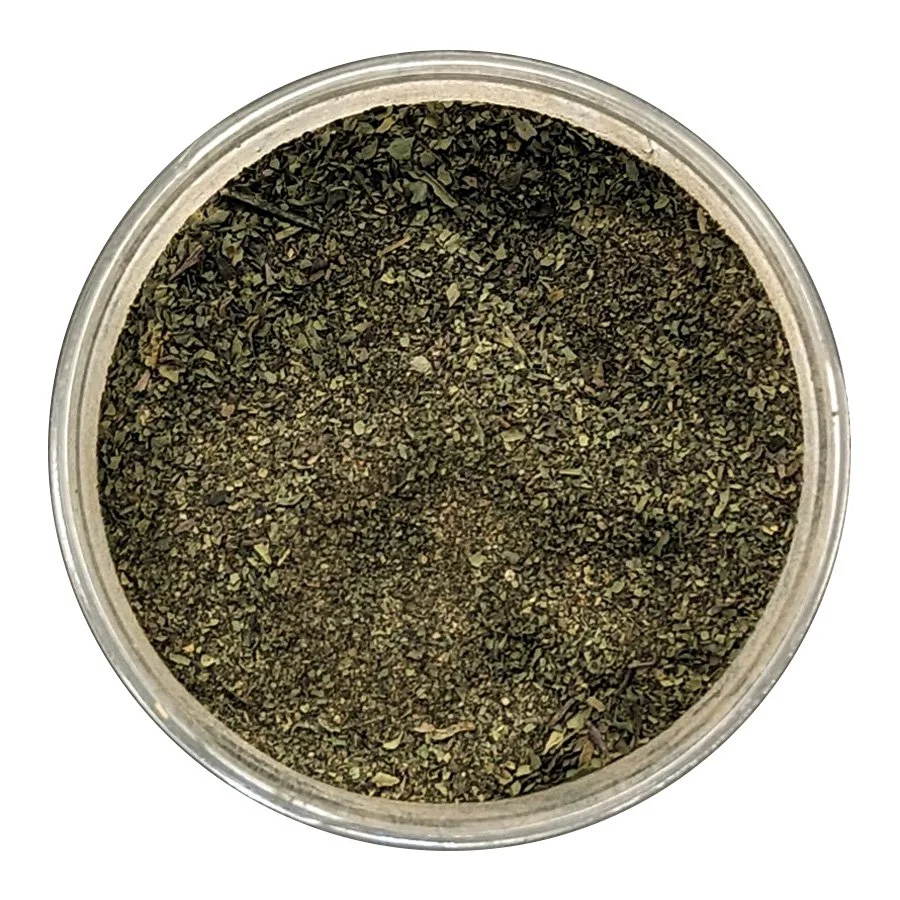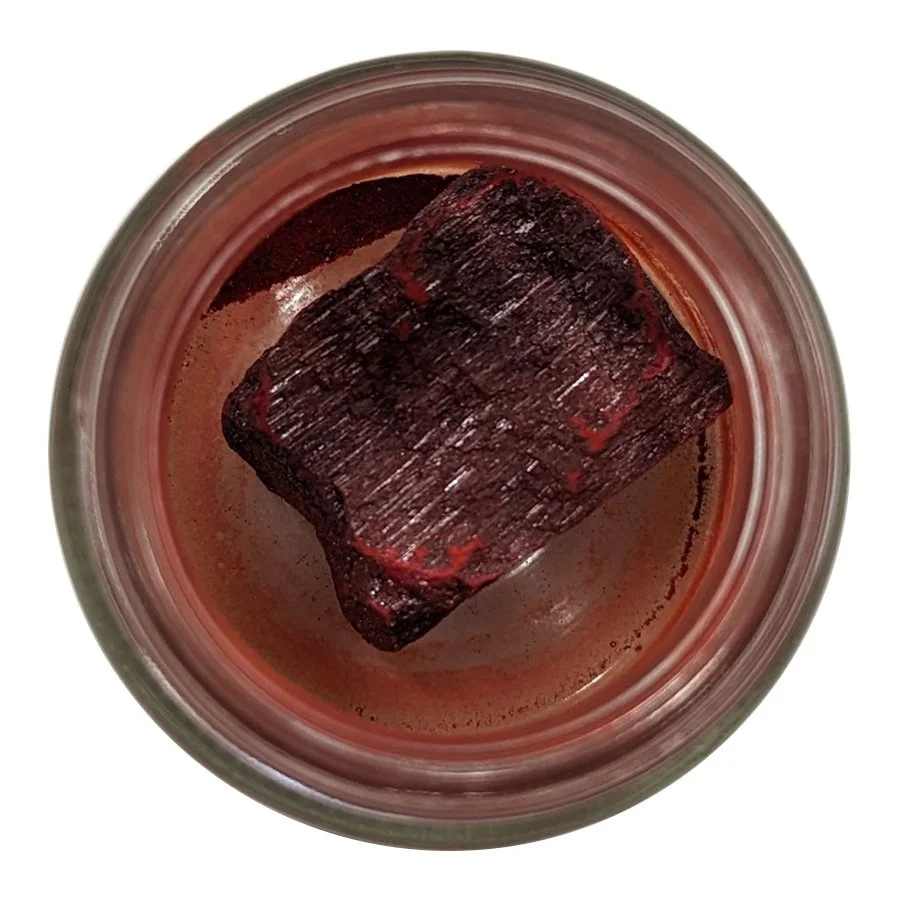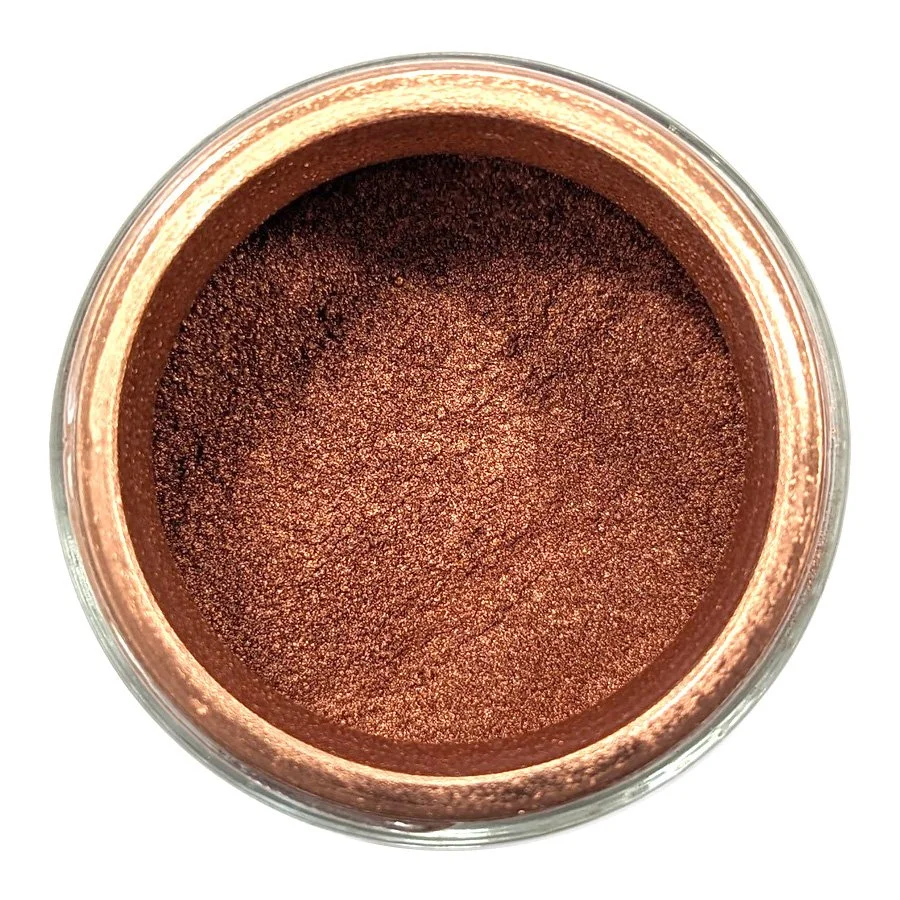PEACOCK INK (MORAKKAB-E ṬAVŪSĪ)
The most prized ink of Persia was the peacock ink. It’s a variation of the Persian ink with a lot of additional secondary ingredients (colourants, binders, mordants, aromatics, glossing agents, preservatives) with different colours and hence its name. Each master calligrapher had their own version of this ink.
Categories of Secondary Ingredients:
Colourants: Provides colkour to the ink
Lamp black (دوده):
Gall nut (مازو) mixed with Green vitriol (زاج سبز): Hydrated iron (II) sulphate FeSO4.7H2O
Verdigris (زنگار): Copper acetate CuCO3.Cu(OH)2
Lapis Lazuli (لاجورد): Natural occurring blue mineral with formula (Na,Ca)8(Al,Si)12O24(S,SO4)
Cinnabar (شنجرف): Naturally occurring red-scarlet mineral with the formula Mercury (II) Sulphide (HgS).
Brass (برنج): A golden colour metal alloy made of copper and zinc.
Gold (طلا): Aurum (Au)
Silver (نقره): Argentum (Ag)
Copper (مس): Cuprum (Cu)
Walnut Husks (پوست گردکان) : Dark brown colour
Henna (حنا): Lawsonia inermis. Red-brown colour
Indigo (نیل ): Indigofera tincotoria. Blue colour
Woad (وسمه ): Isatis tinctoria. Also known as European Indigo. Green-blue colour
Myrtle (مورد ): Myrtus communis. Green colour
Madder (روناس ): Rubia Tinctorium. Red colour
Saffron (زعفران ): Crocus sativus. Deep yellow colour
Aloe (صبر): Yellow brown colour.
Binding Medium: Allows the colourant to stick to the surface of the paper.
Gum Arabic (صمغ عربی): Sap extracted from branches of the Acacia Senegal tree.
Liquid Amber (عبیر اشهب /عنبر): Also called sweet gum or red gum is a resin extracted from the trees of the Hamamelidaceae family.
Sandarac (سندروس): extracted from the sap of the Sandarac tree from the genus tetraclinis articulate.
Mordants: Help colourants to bind to paper fibres
Alum (زمه) : Hydrated potassium aluminium sulphate (AlK(SO4)2.12H2O) also known as white vitriol.
Sal ammoniac (نوشادور): Ammonium Chloride (NH4Cl)
Green vitriol (زاج سبز): Hydrated iron (II) sulphate (FeSO4.7H2O)
Thickening Agents: Makes inks more viscous
Camel thorn (برگ خار/ خار شتر): Alhagi Maurorum, derived from the Arabic word Alhaji (meaning pilgrim)
Dog rose extract (عرق نسترن): Rosa Canina
Epithymum (افتیمون): Cuscuta Epithymum or Dodder of thyme
Coral (کفک دریا): Marine invertebrates. Although used as a thickening agent, some master calligraphers have advised against using coral and epithymum as it will make the ink unsmooth
Gums: Due to their tacky nature, most gums and binding mediums can be added to ink to make it more viscous
Aromatics: Adds a nice aroma to the ink, resulting in a better writing experience for the calligrapher
Rose water (گلاب): Rosa Damescena or Damask Rose
Chicory extract (عرق کاسنی): Cichorium Endivia.
Musk (مشک): Musk can have multiple meanings; grandular secretions of the musk deer and similar animals, buds and flowers of aromatic trees such as the sweet acacia tree, musk seed or amber seed, or artificially made aromatics (Mīr Hiydar 2012).
Liquidamber/Ambergris (عبیر اشهب /عنبر): In addition to being used as a secondary binding medium, liquidambar has also been used as an aromatic due to its pleasant aroma. This term was also used to describe Ambergriss; secretion of the bile ducts of sperm whales.
Dog rose extract (عرق نسترن): Besides being used as a thickening agent, dog rose was also used as an aromatic.
Preservatives: Protects the ink from biological attacks
Salt (نمک): Natural antibacterial
Aloe (صبر): Known to have both anti-bacterial and fungicidal qualities.
Henna (حنا): Known to have both anti-bacterial and fungicidal qualities.
Ox-gall (زهره گاو ): Foul smell. Keeps insects away.
Glossing Agents: Gives a nice finishing gloss to the ink
Sugar (شکر)
Egyptian rock sugar (نبات مصری)
Honey (عسل)
Gold (طلا)
Silver (نقره)
One example is this recipe by Khajah Jamāl al-Ddīn Yāqūt (d. 1298):
ای که در علم خط شدی استاد من مدادی تو را بیاموزم
زاج اسپید و مازوی اخظر دوده بذر بی غش و بی نم
صمغ برالحجاز و ماءالورد مشک خالص نباط مصری هم
وسمه و مورد را عصاره بگیر اندکی زعفران کنش منضم
ورق زر و نقره داخل کن تا چهل روز سهق کن مهکم
وزن هر یک به تجربت حاصل می شود بی گمان نه بیش و نه کم
Oh you who have become a master of scripts, I shall educate you on a type of ink
White Vitriol and green gall nuts, good quality dry soot (from linseed oil)
Hejaz Gum and rose water, pure musk and Egyptian sugar candy
Extract the essence of woad and myrtle, add some saffron and mix well
Insert leaves of gold and silver; beat it well for forty days
And there's no doubt that upon experience, you will learn the proportions of each ingredient
Making Peacock Ink:
Lampblack is placed in a mortar.
Gum Arabic is dissolved in water until a honey-like consistency is reached.
The gum Arabic liquid is added to the mortar slowly while being ground, mixed, and brayed with a pestle.
Gall nuts are broken to pieces and placed in a heat-resistant glass container.
All secondary ingredients except for aromatics are added to the glass container along with the gall nuts.
Hot water is added to the glass vessel and ingredients are soaked overnight.
The content of the vessel are then boiled for 15 minutes and filtered.
Pounded green vitriol is added to the extract until colour change is witnessed, then filtered.
The filtered mixture is then added to the carbon ink in drops.
The ink is brayed for a minimum of 5 hours
Few drops of the desired aromatic is added
Primary ingredients
Lampblack (1 part)
Green Vitriol (1 part)
Gall Nuts (2 parts)
Gum Arabic (4 part)
Verdigris
Secondary ingredients
Indigo
All extracts + green vitriol is added to the carbon ink base in drops
Peacock ink applied on paper
Peacock ink is brayed for a minimum of 5 hours
Madder
Walnut Husks
Lapis Lazuli
Epithymum
Amber
Camel Thorn
Saffron
Sal Ammoniac
Myrtle
Sandarac
Henna
Woad
Musk
Cinnabar
Coral
Making Peacock Ink
Copper Powder
Aloe
Alum
